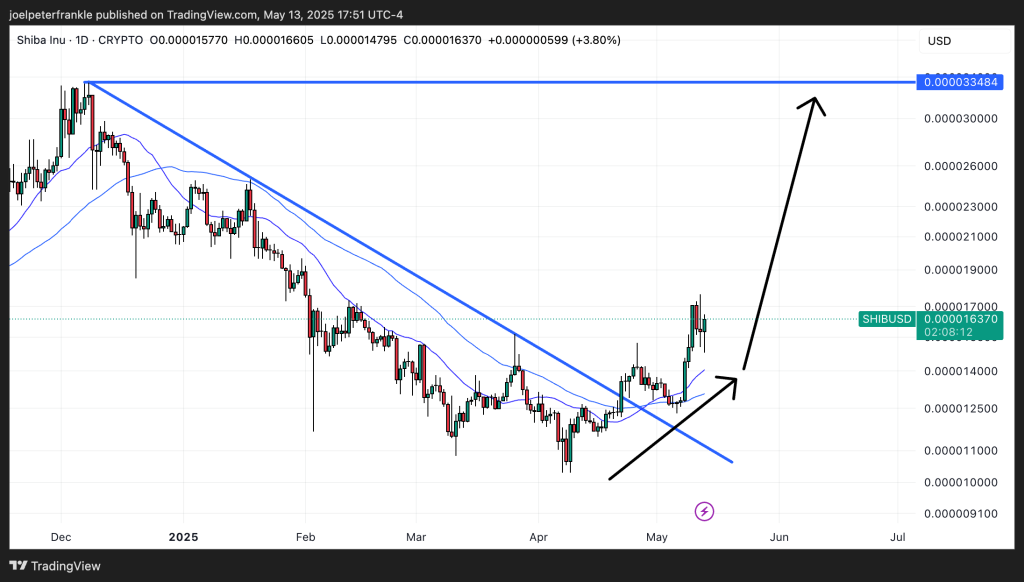When you step into a Hyrox race, the air is electric. It’s hard for it not to be, as participants gear up to push sleds, lunge with sandbags, run in loops, and drop on the floor for burpees for the next few hours.
As the race progresses, the music fades while the claps and cheers get louder. The participants, now glistening in sweat, need all the motivation they can get. When you scan the room, you will see all kinds of people—first-time Hyrox entrants to chiseled athletes, Gen Zs to baby boomers.
The crowds cheering people in a gigantic arena make the race experience equal parts “cool” and serious business.
Hyrox’s ingredients might sound familiar to any other fitness fad: a test of stamina and physical endurance lasting hours, a ticking clock, and a clear finish line.
Races aren’t new to sports—think Spartan Race and Tough Mudder, which have been around longer. Hyrox classifies itself as a fitness race different from its arch nemesis, CrossFit, a specific breed of training that’s technical and harder to master with Olympic weightlifting and gymnastic elements.
But, more importantly, it sets itself apart from the marathons and sporting championships of the world by asking a simple enough question: If going to the gym is a sport, how can we make something more of it?
COURTESY OF Sportograf and HYROX
“There was a void in the world of sports,” Moritz Fürste, the co-founder of Hyrox and three-time German Olympian in field hockey, told Fortune in an interview. “It’s like this missing piece of the fitness world where people, for whatever reason, go to the gym every day, but they never compete.”
Seven years on, Hyrox’s reputation precedes it around the world. While its first iteration in 2017 saw a meager 618 participants, the race has grown exponentially since, with the 2023/24 season closing with over 210,000 participants across 30 cities. That’s despite a little blip called COVID-19 that kept people locked inside their homes for nearly two years.
Hyrox keeps on growing. Fürste thinks what the race has achieved so far is just the tip of the iceberg as it continues to attract average gym-goers, accomplished athletes, and CrossFit enthusiasts alike, whether in Miami, Milan, or Melbourne.
Leaping past the seatbacks
Hyrox started with a stumble.
It was about 10 years ago when Fürste and his business partner and Hyrox’s CEO Christian Toetzke first met. They were instrumental in Germany’s campaign to host the 2024 Olympics and Paralympic Games.
Despite a persuasive pitch, Hamburg’s residents voted against hosting the games in a 2015 referendum.
“We went from opening bottles of champagne to literally closing them again and giving them back to the supermarket,” Fürste said of the day they learned about the referendum.

Dean Mouhtaropoulos—Getty Images
But if sport teaches you one thing, it’s to never stop at the first stumble. Fürste and Toetze, a sporting events veteran, continued discussing ways to collaborate.
While looking for ideas, they came across a staggering statistic that most people identified working out at the gym as their “sport.” That left the duo with lingering questions—and a seed of an idea for what would later evolve into the Hyrox race we see today.
“We were like, ‘Okay, interesting, but what the hell is your sport?’” Fürste said. “If you were to think [of] all the people that are officially a member in a gym, I think we’re talking about the biggest organized sport in the world.”
Hyrox was born.
Rising above
Once they had whipped the Hyrox model into shape, the next challenge was convincing people that, unlike other sporting events, it was indeed accessible. It offers various “divisions” based on age and fitness level to encourage more participants.
With a couple of hundred racers in the first year and single-digit thousands the following year, selling the idea of mass participation wasn’t easy. Soon after, the pandemic hit, quickly limiting the number of people seeking such events.
But Fürste and others at the Hyrox team were determined to keep the brand on people’s minds—so they organized a race in Hamburg with several rounds of COVID-19 testing daily.
“I think we spent $100,000 on this mid-pandemic, without any kind of global hope that it would ever be better,” Fürste said.
While a little outlandish, those efforts paid off. In 2022, when the world began opening up, people seemed more motivated and willing to try new things, which Hyrox still felt like it was, at the time.
Its participants and race locations began to grow steadily before outstripping the number of runners at the New York and London Marathons, which was around 50,000.

COURTESY OF Sportograf and HYROX
Leveling up the race experience
Helena Sharpe, a 44-year-old recruitment director at JP Morgan, had been on a path to transform her lifestyle for five years. In the process, she dabbled in strength training, high-intensity cardio workouts, and more.
Last year, she set herself a goal to finish London’s Hyrox race in May 2024 to motivate herself to return to fitness following a shoulder surgery. And now, having experienced the race once, Sharpe says she’s sure she’ll do it once again.
“I think just the atmosphere spurs you on,” Sharpe told Fortune, adding that it was like nothing she had done before. “Something about it… I didn’t feel too intimidated.”

COURTESY OF SPORTOGRAF AND HYROX
Because Hyrox races happen in indoor arenas, the group has a lot more freedom with the atmosphere it builds for its participants—whether that’s with its start tunnels, colorful lights, or motivational speeches.
“We’re trying to create a setup that makes actual athletes out of participants,” Fürste said. He likened the race to iconic marathons like the one in New York, which is equally about the place and the race itself. And like CrossFit, Hyrox also emphasizes the community feeling to boost people’s motivation.
While it’s like many things people have heard of or experienced before, Hyrox is also unlike them in critical ways. For instance, Fürste argues that most people try to run marathons as a bucket list item, while only a handful are repeat runners.
But he wants Hyrox to be something people feel they can constantly improve in, as with any other sport. He also highlighted that, unlike other sports, Hyrox tries not to gate-keep its events to just the crème de la crème.
The race’s structure also helps prevent injuries—a common concern with CrossFit—as it aims to use different body parts and muscle groups, Fürste says. But he thinks there’s more room to educate people to pace themselves and be more aware of their abilities when entering a Hyrox race.
As Toetze told The New York Times in April, the models that marathons and CrossFit have established are still great benchmarks of success. The latter specifically aims to build overall physical fitness instead of just elevating one domain, as running or rowing might. Hyrox draws on some of these forms of exercise while still keeping it straightforward, which is why Fürste is confident that Hyrox will stand its own ground.
The excitement for the race is palpable—in Birmingham, it sold out 16,000 tickets in just four minutes. The event is eyeing over 450,000 participants in its upcoming season, over double its participants this year, in addition to more race dates.
While this level of growth may not last forever, Hyrox is undoubtedly here to stay, Fürste says.
“I’m 100% convinced that the overall sport of fitness racing will, in 10 years, be as big as running globally,” Fürste said.
Credit: Source link











